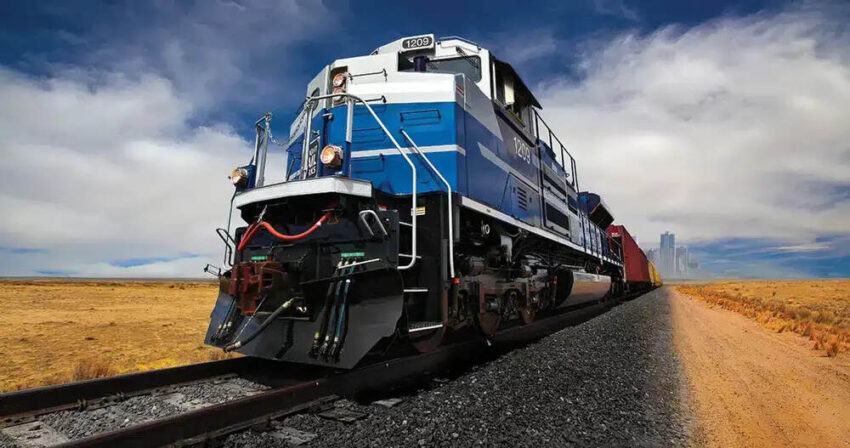Tuesday, March 5, 2024

Freshly released figures from the Federal Railroad Administration (FRA) affirm that the industry’s safety-centric approach to investments and operations has yielded overarching enhancements, marking the past decade as the safest in rail history. Specifically, persistent and robust efforts have led to a 27% reduction in the train accident rate since 2000 and a 6% decrease since 2022.
Significant safety milestones for employees include:
An examination of the 2023 FRA Data per million train miles reveals:
In terms of Class I railroads:
“Our highly skilled workforce, uncompromising safety culture and sustained investments delivered strong safety results across the industry in 2023,” said AAR President and CEO Ian Jefferies. “Our commitment to enhancing safety never ends, with railroads taking meaningful action to meet the challenge.”
The resilient safety record of railroads is a result of their substantial private investments, unwavering commitment to improvement, and the proficiency of their workforce. In a recent white paper, AAR outlined the proactive measures being taken by the industry to ensure a safer future. Among its findings, the paper discusses the comprehensive approach adopted by carriers to protect both their employees and the public, tackling the primary causes of accidents such as infrastructure flaws, equipment malfunctions, and human error.
Over the years, there have been notable improvements in accident rates attributed to human error and equipment failures, with decreases of 18% and 31% respectively since 2000. Although there was a slight increase in track-related incidents since 2022, emphasizing the ongoing need for action, the overall rate remains 50% lower than in 2000.
“While there remain areas for improvement, both 2023 and the historical trendline demonstrate the railroads’ tireless pursuit of further safety gains and their success in achieving tangible results,” said Jefferies. “Across the nation, railroads are putting the right training, people, and technology in place to keep a watchful eye and prevent accidents before they happen. Actions driven by this culture of vigilance will continue to drive sustained results into the future.”
As delineated in the white paper, railroads are increasingly leveraging advanced technologies to continuously monitor the condition of cars, locomotives, and track in real-time, alongside substantial investments in maintenance and upgrades. These technological advancements empower railroads to actively monitor equipment during operation, facilitating early detection of issues and enabling proactive interventions. Efforts persist in implementing tangible, voluntary safety commitments established in 2023 to bolster railroads’ capacity to detect specific equipment defects and address them before they lead to accidents.
Over 95% of rail-related injuries and fatalities stem from trespassing and grade crossing incidents. In 2023, there was a slight decline in grade crossing collisions compared to the previous year, marking a 25% decrease from 2000 levels. However, as of March 1st, trespassing fatalities in 2023 have risen by 22% compared to the preceding year. Historically, the number of trespassing deaths for a given year tends to decrease in the subsequent year as some incidents are reclassified as suicides. Despite efforts, these avoidable accidents persist as significant challenges across the national rail network.
Ultimately, railroads, rail personnel, policymakers, and the public all share the common objective of enhancing the safety of the rail network. Railroads continue to take proactive measures to improve safety and are prepared to collaborate with policymakers to advance initiatives that promote the adoption and expansion of both new and existing technologies. The paper outlines how federal authorities can foster a forward-thinking framework that builds on past achievements and encourages ongoing innovation in rail safety.
Saturday, April 27, 2024